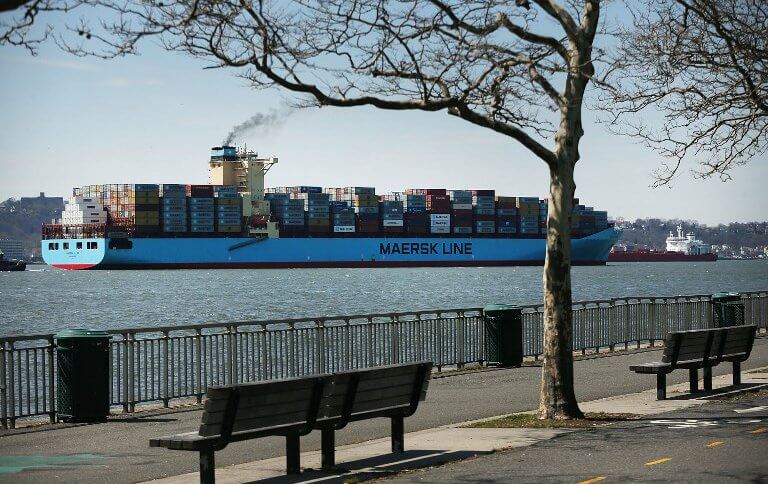Five maritime technology trends in 2019

As we celebrate the start of a new year, 2019 could see massive changes in maritime technologies coming to the forefront in terms of the ongoing digital transformation that is occurring within the marketplace.
Five key areas of technological development this year could well be focused on cybersecurity, Internet of Things (IoT) technology, artificial intelligence (AI), dynamic digital twin modeling, and trials for autonomous surface vessels as well.
Autonomous technologies are here already
Automatic docking for cruise ships, ferries, and offshore support vessels by using voyage assistance computers is on the horizon and the recent partnership between Rolls-Royce and FinFerries is proof that autonomous maritime technology is progressing nicely.
Proudly announcing the world’s first fully autonomous ferry voyage. Project SVAN (Safer Vessel with Autonomous Navigation), a partnership between Rolls-Royce and #Finferries, promises safer and more efficient operations. More: https://t.co/DhRAh3umlw pic.twitter.com/oeMyU24ASd
— Rolls-Royce (@RollsRoyce) December 3, 2018
2019 will see even more demonstrations and trials for autonomous surface vessels. One example is the autonomous cargo vessel, Yara Birkeland, the world’s first autonomous and electric container vessel that is expected to be operational by 2022 in Norway.
A reduction in noise, dust, NOx and CO2 emissions is complemented by a strategic move away from road transport to sea and this could also mean an improvement in the safety of local roads with the reduction of heavy movers as well.
Predictive navigation via AI
As always, AI is everywhere these days, and the maritime industry is going to be embracing it wholeheartedly. Navigators and shore managers will be able to see future navigation characteristics of its vessels via AI in the future.
Safer solutions for navigation across the board beckons as the leaders can monitor the future positioning of a vessel and improve situational awareness through dynamic positioning (DP) technology.
Development trials in 2018 are set to continue in 2019 as well, as DP links advanced algorithms and machine learning tools to create AI-based predictive positioning systems.
IoT is changing the landscape
A recent report by Immarsat Research anticipates at least US$2.5 million being spent till 2021, in order to connect on-board systems to shore for data analytics in order to reduce fuel consumption, improve regulatory compliance, and navigational safety.
Route planning, under the trialing of voyage optimization services, is also cited as another key driver that will help reduce operating costs.
As most of these shipowners rely on satellite connectivity for IoT-based solutions, security in terms of data storage methods, mishandling, or misuse of data from attacks remains a very valid concern for them.
Nonetheless, Immarsat believes that this drive towards digital transformation in shipping will enable ship operators and managers to reap at least 14 percent of savings in terms of IoT-driven costs by 2023.
‘Digital twins’ come to the fore
Another trend that is gaining traction is the use of a ‘digital twin’ that uses 3D design models, machinery and plant engineering plans to gain a deeper understanding into a ship’s system architecture during the design phase.
‘Dynamic’ twin modeling is something that experts believe that 2019 will see as more owners look towards enhancing vessel maintenance, and reducing human involvement for troubleshooting activities via diagnosing problems intelligently.
The software is expected to be used throughout the vessels’ life-cycle. As systems are maintained, repaired and upgraded, the software can also predict maintenance requirements, dry-docking schedules, and visualize mechanical issues.
YOU MIGHT LIKE

Sea Machines investment brings autonomous ships closer
Cybersecurity in shipping
The International Maritime Organization (IMO) has set 1 January 2021 as the deadline for its cybersecurity mandates for shipowners worldwide to adhere to, and this will accelerate the growth in development this year.
There has been a spate of attacks in terms of ransomware, phishing or pharming, and hacking over the past year in the maritime marketplace and there are a host of cybersecurity measures that are being recommended by industry associations in response.
Factoring risks that reside within a ship’s safety management system, risk assessments for operational technology and security risks from external supply chain issues are all being looked into by shipowners right now.









